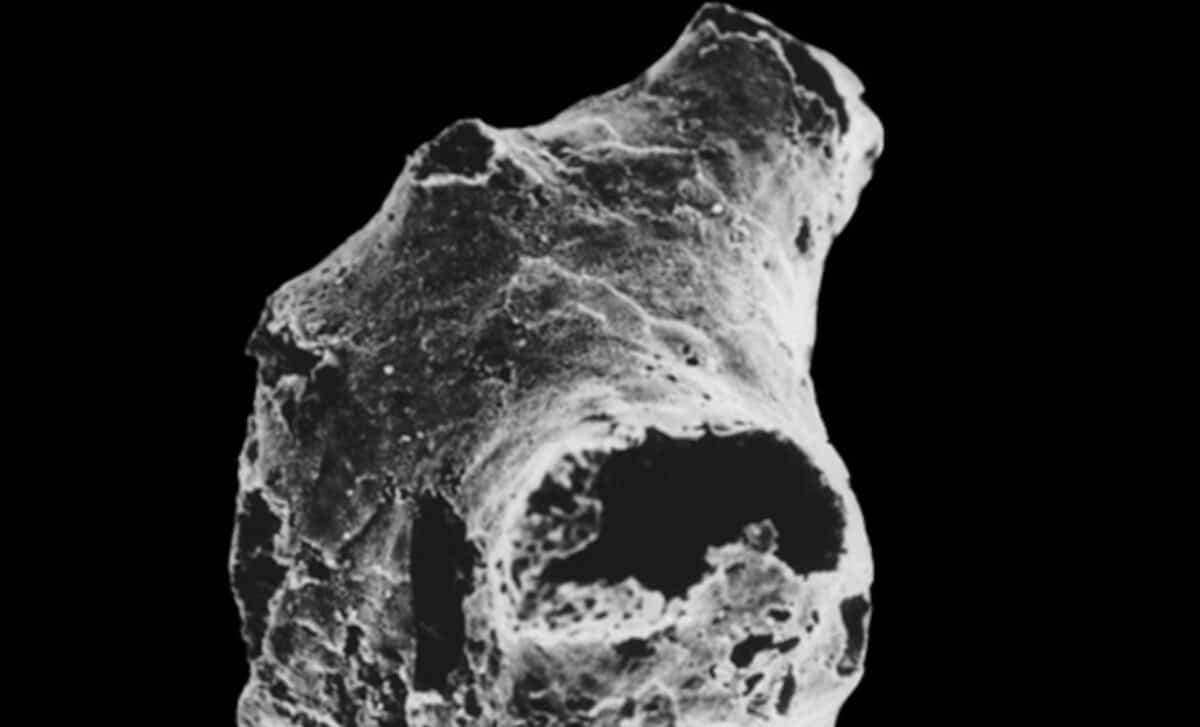In an incredible discovery, scientists have uncovered what they believe is the oldest animal ever found on Earth. Known as Otavia antiqua, this primitive organism dating back 760 million years, was found in ancient rock formations in Namibia, Africa. This tiny life form is rewriting our understanding of the early origins of life on Earth.
The findings were published in the South African Journal of Science, providing groundbreaking insights into the early stages of animal evolution. Until now, the record was held by another primitive animal, a sponge, thought to be around 650 million years old.
A Journey Back in Time
The origin of life on Earth is one of science’s greatest mysteries. There are plenty of theories—some suggest primordial soup, others imagine alien bacteria brought here by asteroids. But with the discovery of Otavia antiqua, we’re finally starting to piece together the puzzle of how life began on Earth.
This microscopic creature, which looks a lot like a simple sponge, likely lived in calm waters like lagoons and fed on algae and bacteria. According to the researchers, its basic structure: large pores that filtered food into a central space, shows how early animals might have survived without the complex organs we see in animals today.
 Micrograph of a fossil specimen with detailed segmentation, highlighting internal structures. Credit: South African Journal of Science
Micrograph of a fossil specimen with detailed segmentation, highlighting internal structures. Credit: South African Journal of Science
Otavia Antiqua: A Primitive but Resilient Animal
As noted in the study, it’s considered an animal because its cells were specialized into tissues and organs. What’s particularly fascinating is that it remained essentially unchanged for over 200 million years. For reasons that are still unclear, its simple, tubular shape persisted over vast stretches of time.
“The fossils are tiny, roughly the size of a grain of sand, and we’ve discovered several hundred of them,” noted Anthony Prave, the lead researcher and a geologist at the University of St. Andrews in the U.K.
Researchers have studied several fossils and found that Otavia survived in some of the most challenging conditions on Earth. In fact, this species didn’t evolve much during that period, which suggests it was perfectly adapted to its environment, thriving in its own unique way for millions of years.
 3D visualization of fossils showing different views of the specimen. Credit: South African Journal of Science
3D visualization of fossils showing different views of the specimen. Credit: South African Journal of Science
Surviving the “Snowball Earth”
One of the most remarkable things about Otavia is that it survived through multiple “Snowball Earth” periods, where the planet was nearly entirely covered in ice. Fossil records indicate that this tiny organism lived through these global ice ages, making it one of the ultimate survivors in Earth’s history.
According to Anthony Prave, one of the lead researchers, Otavia likely found refuge in isolated, shallow water environments where the ice didn’t reach. This would have allowed it to survive when most other life forms were wiped out by the freezing conditions.
“In fact, when we look at thin sections of the rocks, certain samples would likely yield thousands of specimens. Thus, it is possible that the organisms were very abundant.”

